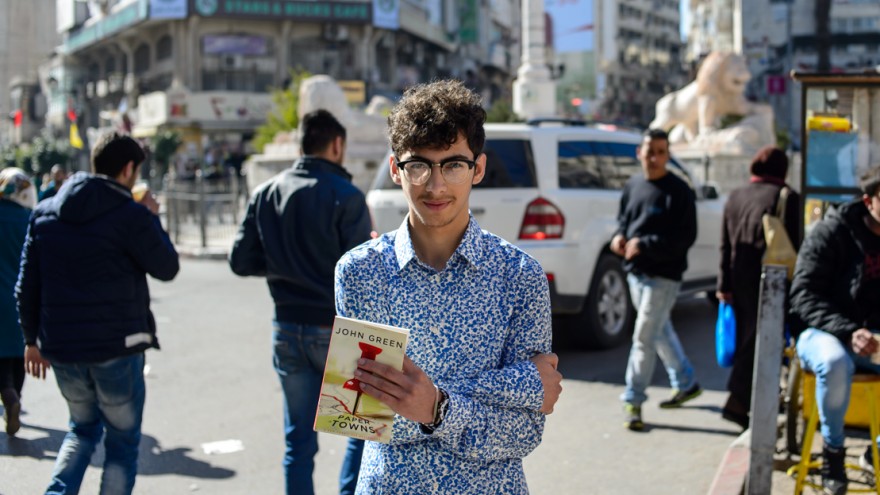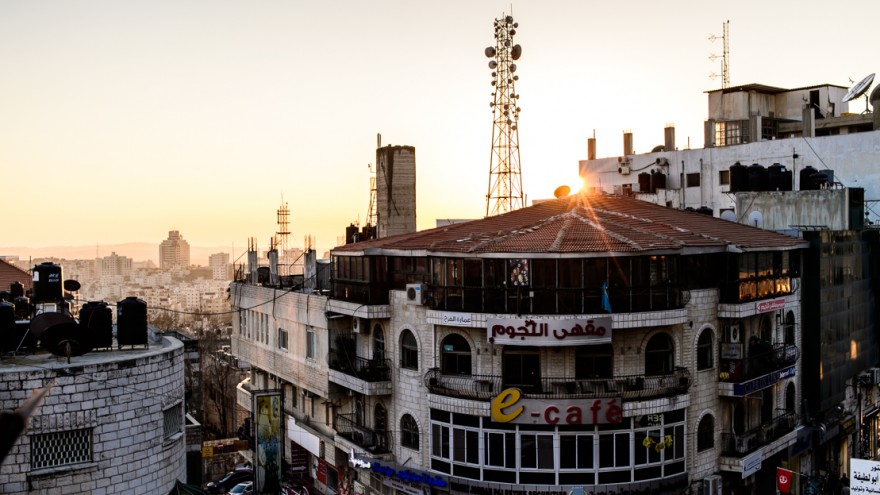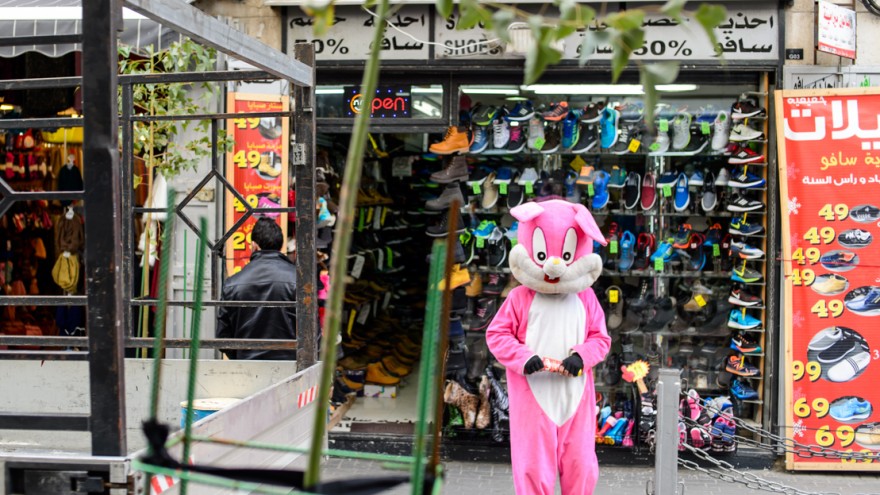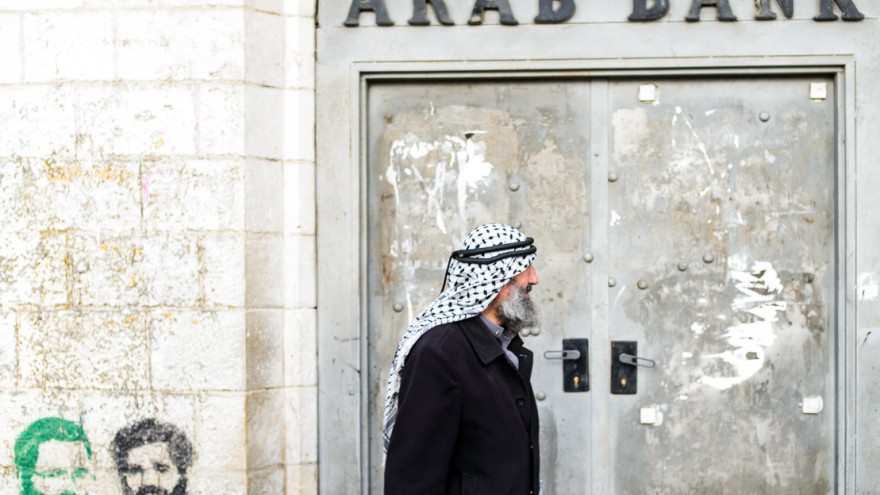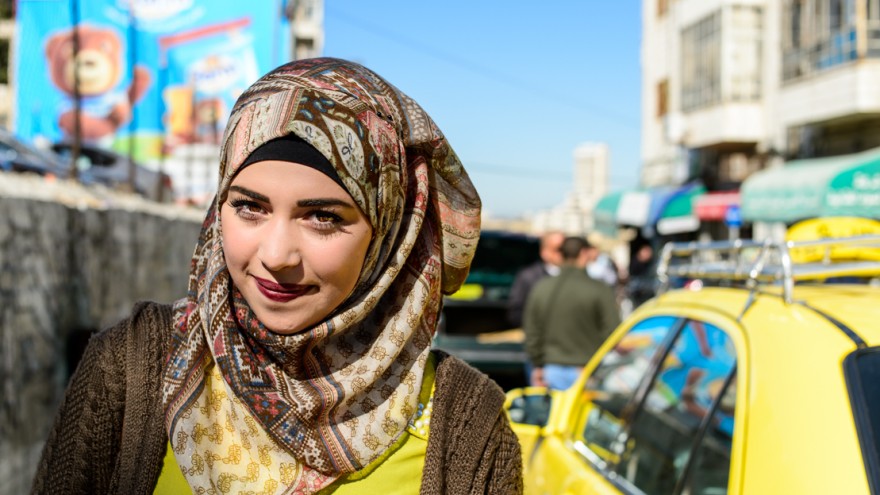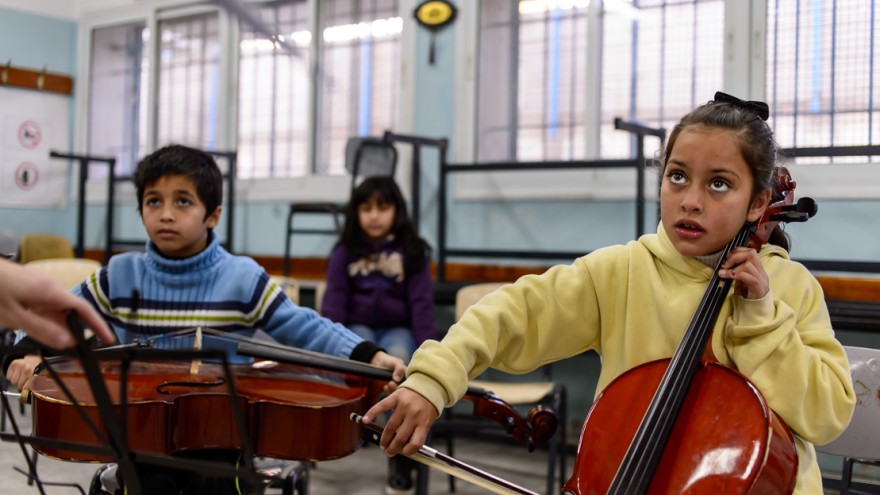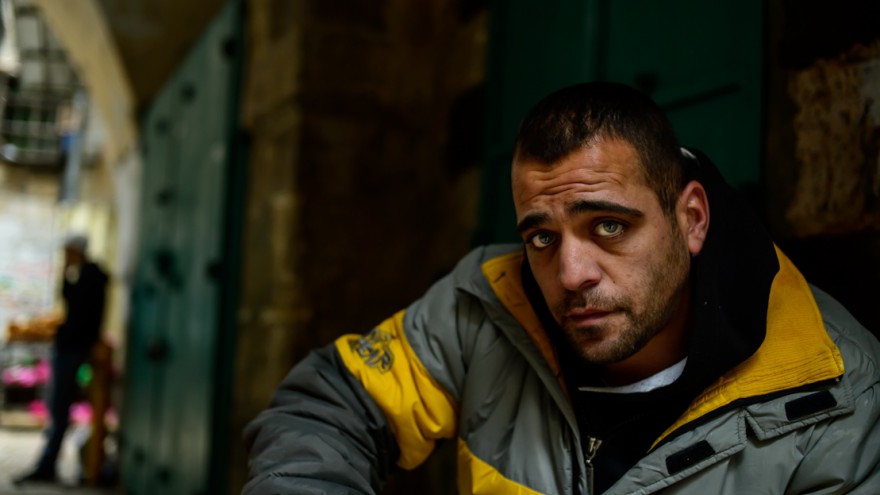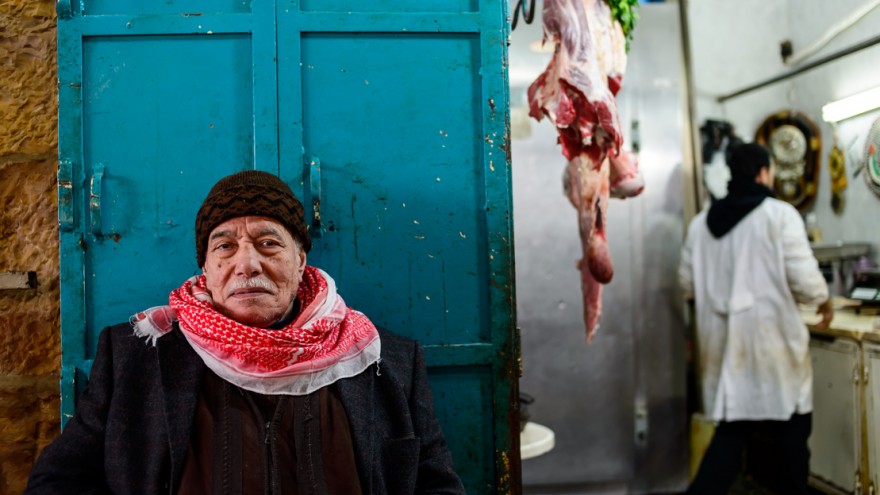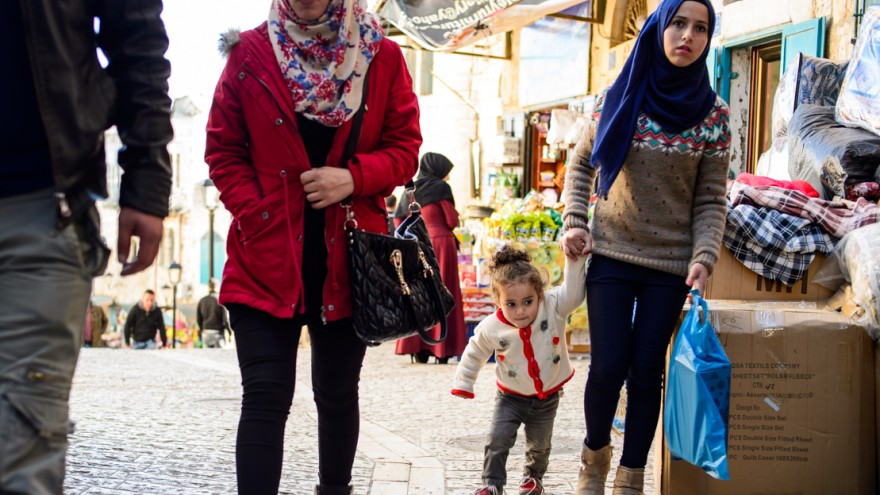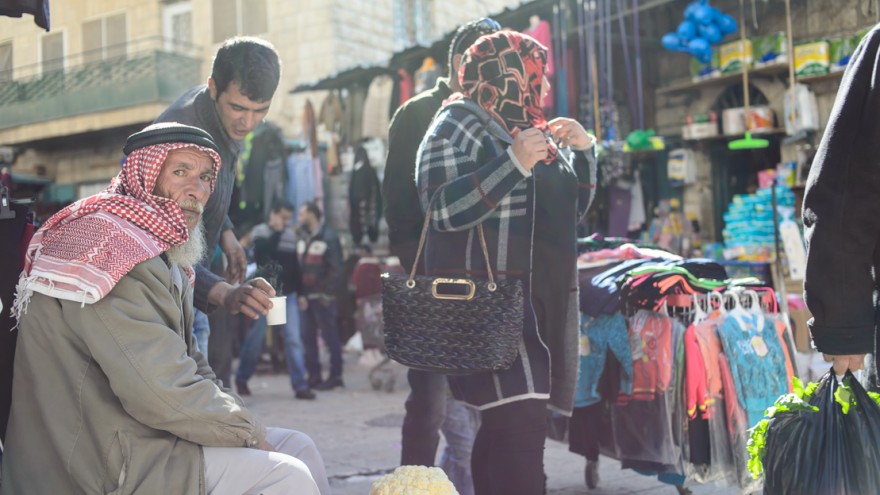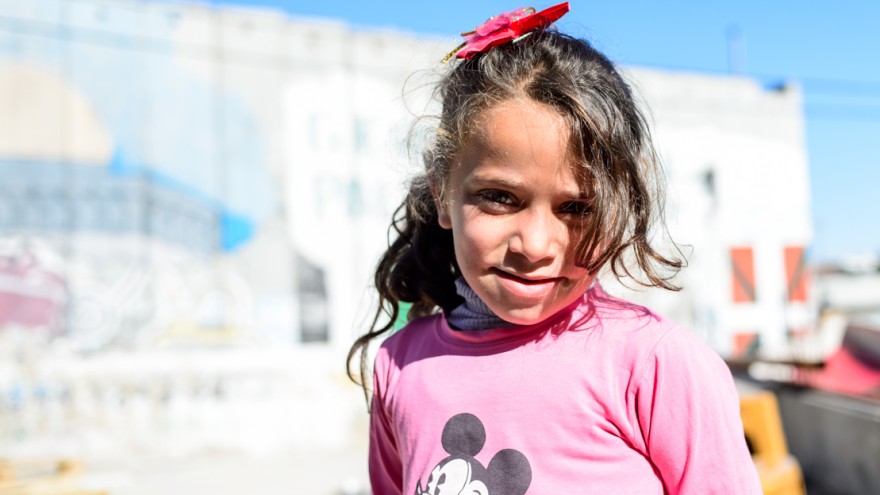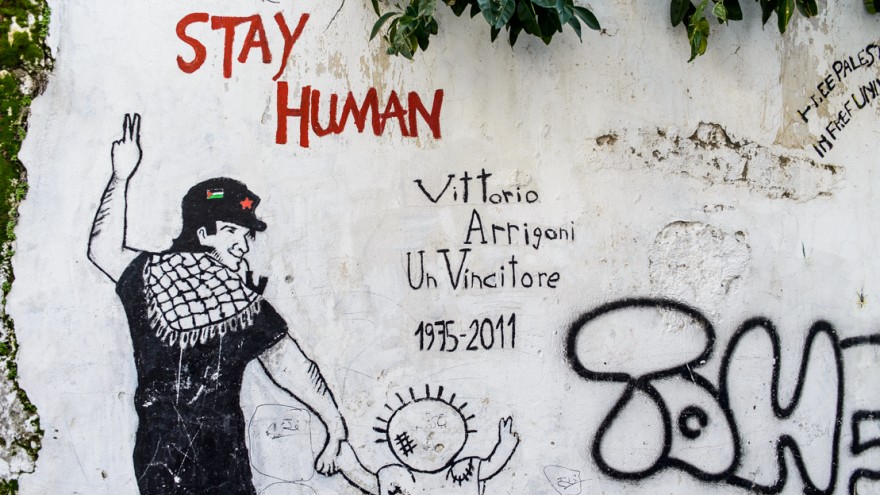In January 2016, Dutch photographer Brian Megens travelled to Palestine to photograph the people of the West Bank. He wanted to learn first-hand about the realities of life in the country. It proved to be a transformative experience for Megens whose previous perceptions of the region and its people were – like most in the West – largely informed by media reports of chaos and conflict. Driven by a goal to communicate underrepresented stories through his images, Megens’ resulting series, The Other Side of Palestine presents a depiction of the country that is rarely seen. His pictures present Palestine's citizens as complex, multifaceted and human, the antithesis of the perpetuated single story of violence. So influential was Megens’ time in the region that he was compelled to begin the initiative Pure Palestine in an effort to help preserve the local production of the Kufiya. We asked him to tell us about more his work.
What initially sparked your interest in Palestine and photographing the people of the region?
Like most people in the West, all I knew about Palestine I learned through mainstream media. I identified Palestinians almost solely with conflict, violence and aggression. During my time at Maastricht University, I met a Palestinian – a co-student – for the first time in real life. He turned out to be everything but the stereotype. This inspired me to find out what Palestine was really like and the best way to do so was to go there myself. As a trip to Gaza was too complicated to arrange, I travelled to the West Bank. I stayed there for three weeks observing, experiencing, and capturing life. I realise that the West Bank is only one part of Palestine, and if I ever get the chance I think the series deserves a complementary part capturing life in Gaza.
What were your impressions of Palestine prior to your trip? How did they change?
After my time there, I realised even more that nationality and religion do not matter. Portrayals of Palestinians are often linked with aggression or victimhood, but they're almost never depicted as ‘real people’. The Palestinians I met were welcoming, and attempting to build an existence for family, friends, themselves, and future generations. Although, circumstances for them are very hard, their humanity is not lost.
What were some of the difficulties you encountered while shooting the series - technical or otherwise?
Travelling on a tourist visa, I only brought one camera (Nikon D4) with a tiny manual focus prime lens (40mm) to shoot with to hopefully avoid restrictions or influence from authorities in the material I was about to make and allowed to take home. Also, due to undercover actions by the Mossad wherein agents go undercover in the West Bank to kill, arrest, or collect evidence, it was quite a task to earn the trust of the people – especially in the refugee camp Aida where tensions are extremely high and life is controlled by Israeli authorities. Because most photos were shot in a candid street photography style, in conservative areas a blond kid with a camera taking ‘random’ photos wasn’t always appreciated.
When shooting the series, what were you aiming to capture?
I wanted to know Palestine. I wanted to capture life through candid street photography together with some environmental portraits. I hoped to encounter and capture the humanity, but I didn’t expect to be as overwhelmed by it as I was. I travelled alone during my project and stayed with locals who all opened their homes and provided me with a bed and food. I hope that people can see that the Palestinians just try to make a living for family, friends, themselves, and future generations regardless of the tough situation forced upon them. People should be aware that things are not always what they look like. Our initial judgment should always be open to reinterpretation.
What in your opinion is the biggest misconception about life in Palestine?
For me personally, the biggest misconception about life in Palestine is that Islam is the only openly practised religion. I never expected that Palestinian Christians, Muslims and Jews live side-by-side, and stick together in their fight for justice. Another misconception dispelled for me was that the conflict is, at its core, not a religious one. It is not Islam versus Judaism; it is a conflict about land. Although my project does not have a direct political aim, the conflict is a big part of people’s daily lives. I had to read into the conflict and I am astonished at how these violations of human rights can still happen despite reports by international institutes and rulings by international courts.
If there is one thing you would want viewers of your work to take away from this series of images, what would that be?
I would want them to see Palestine as a country with beautiful, welcoming people; people who open their door to everyone, willing to treat them with respect. Unfortunately, at the same time Palestine is a country where these same people struggle to live on the very land where they come from.
What do you believe the impact of images that capture the humanity of Palestinians can be? Do you think it has the power to alter people's perceptions?
I hope that people in the ‘developed world’ who tend to view everything from beyond their borders as a threat realise that humanity and caring for others should not stop at their borders. We as people in developed countries are not the chosen ones to enjoy human rights and should not close our eyes to international law and human rights violations, even if they are executed by a befriended state.
Tell us a little bit about Pure Palestine and its purpose?
Intrigued by the traditional Arabic piece of clothing, the Kufiya or Keffiyeh, I was astonished to hear that 99% of production is now coming from China forcing all local producers out of the market. Fortunately, Palestine has one producer left - the Hirbawi family. Back in the Netherlands, I felt that I had to do something besides my photography project to tell the story of Palestine. I started Pure Palestine which directly trades with the last standing Kufiya factory in Palestine with the aim to make these original Kufiya’s also available for people outside Palestine, and to show the world that beautiful products are made in the country.
You can see more of Megens’ work on his website.

